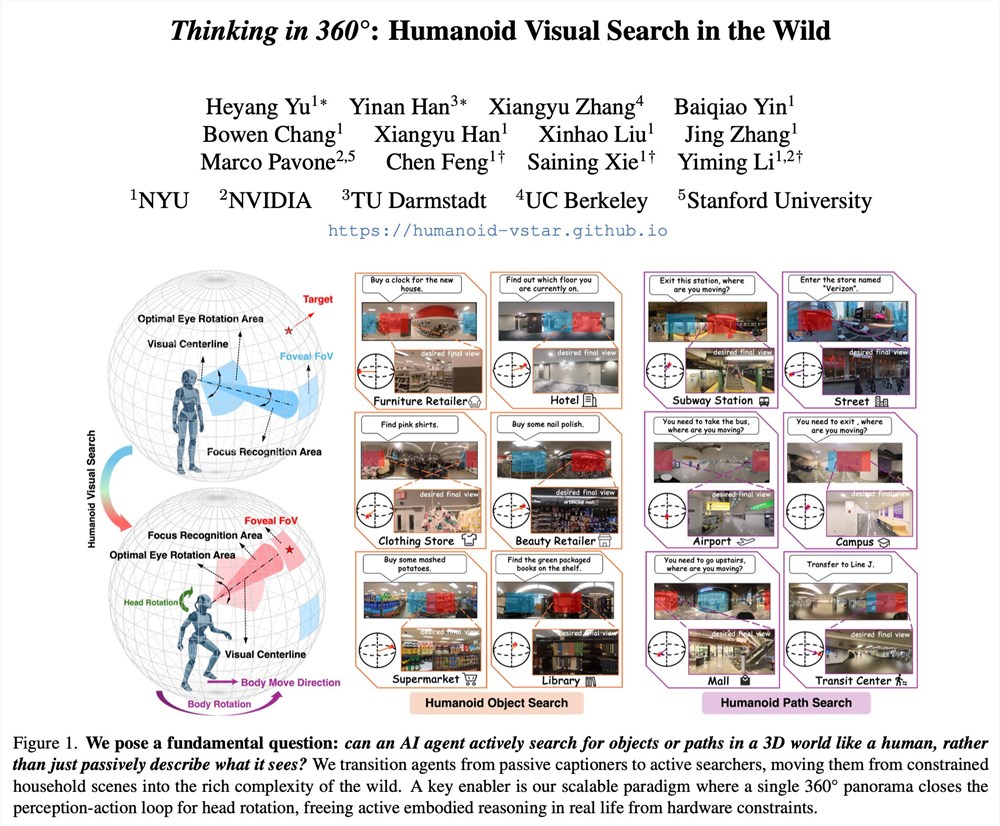AI21Labs recently announced the release of its latest open-source small language model - Jamba Reasoning3B. This system, called a "mini language model," is designed for artificial intelligence computing on devices. Jamba Reasoning3B is the latest member of the Jamba series models developed by the company in Tel Aviv and is released under the Apache 2.0 license.
Differing from most popular large language models (LLMs) in the market, Jamba Reasoning3B is built upon AI21's own hybrid state space model (SSM)-transformer architecture. State space models are deep learning algorithms used for sequence modeling and are more efficient than traditional transformers in certain tasks. These models predict the next state based on the current state. Mamba is a neural network architecture based on SSM, which forms part of the Jamba architecture.
The context window length of this mini language model reaches 256,000 tokens, and it can process up to 1,000,000 tokens. It has capabilities similar to large language models such as Anthropic Claude, Google Gemini, and Meta Llama, but it can run on small devices such as iPhones, Android devices, Macs, and PCs.
Brad Shimmin, an analyst at Futurum Group, said he has long been a supporter of state space models, believing that this concept has a long history in the industry, but it was not until now that there has been a practical implementation. He pointed out that with technological advancements, the use of state space models has become more feasible because they are scalable and fast.
SSM-type models use rope scaling techniques to expand the model's attention mechanism, effectively prioritizing tasks while requiring less computational power compared to large language models. Although AI21 is a relatively small generative AI company, it can benefit from the open-source model Jamba Reasoning3B by building an ecosystem, as it has received support from Google and AI chip giant Nvidia and has raised over $600 million since its establishment in 2017.
At the launch, AI21 demonstrated the performance of the Jamba model on widely used benchmark systems such as IFBench, MMLU-Pro, and Humanity's Last Exam, proving that it surpasses several large open-source LLMs including Alibaba's Qwen3.4B, Google's Gemma3.4B, Meta's Llama3.23B, IBM's Granite4.0Micro, and Microsoft's Phi-4Mini.
Shimmin believes that this mini language model has broad prospects in the enterprise market, as it supports retrieval-augmented generation technology, allowing enterprises to customize it according to their needs while ensuring data security. He mentioned that a potential application area is customer service, where it can handle customer complaints using its reasoning capabilities to determine whether issues need to be escalated to human or other models.
Key Points:
✨ AI21Labs released Jamba Reasoning3B, an open-source mini language model designed for edge AI applications.
🔍 Jamba Reasoning3B uses a hybrid state space model architecture, enabling it to efficiently process large amounts of data and run on small devices.
💼 The model has potential in the enterprise market, allowing customization to meet enterprise needs while ensuring data security.










